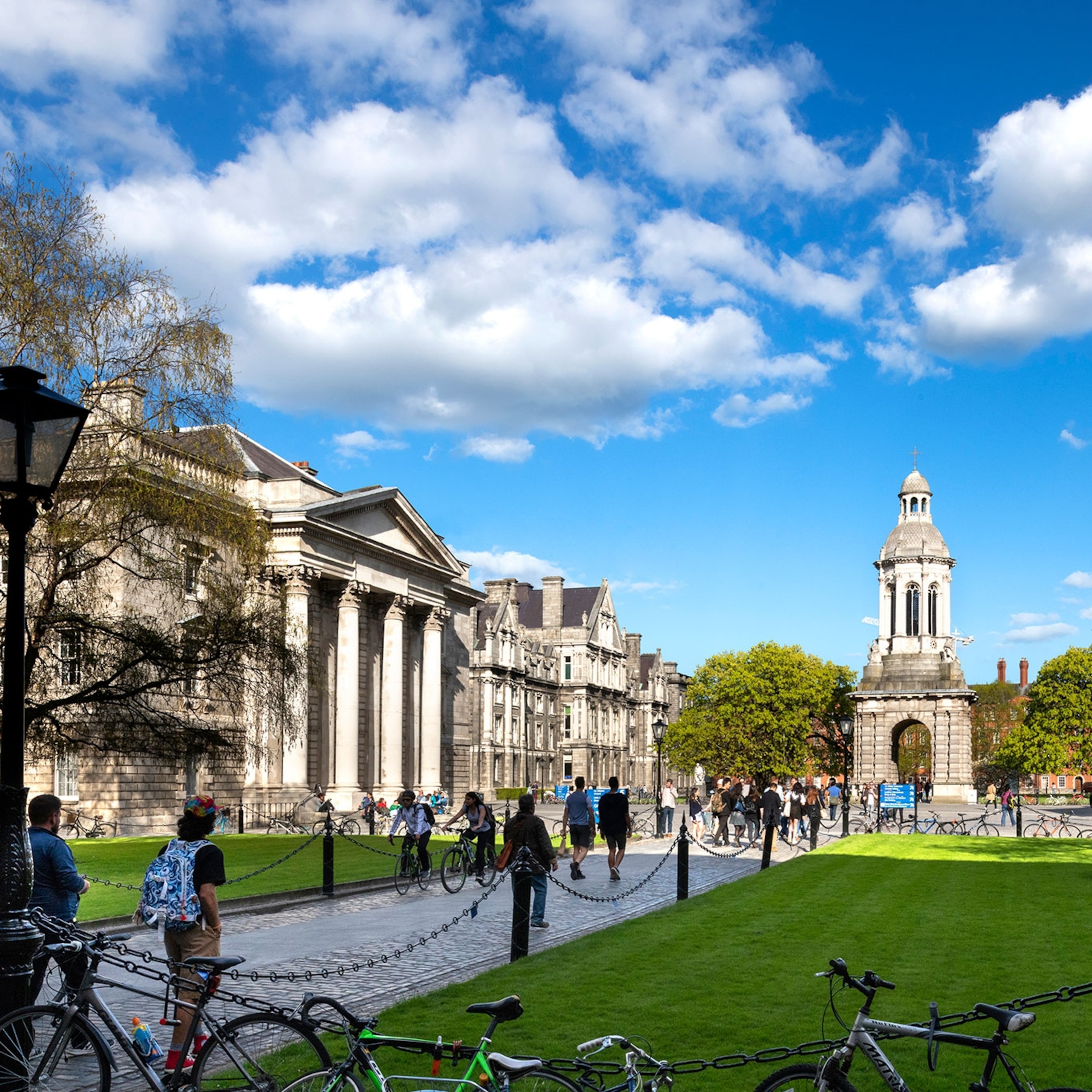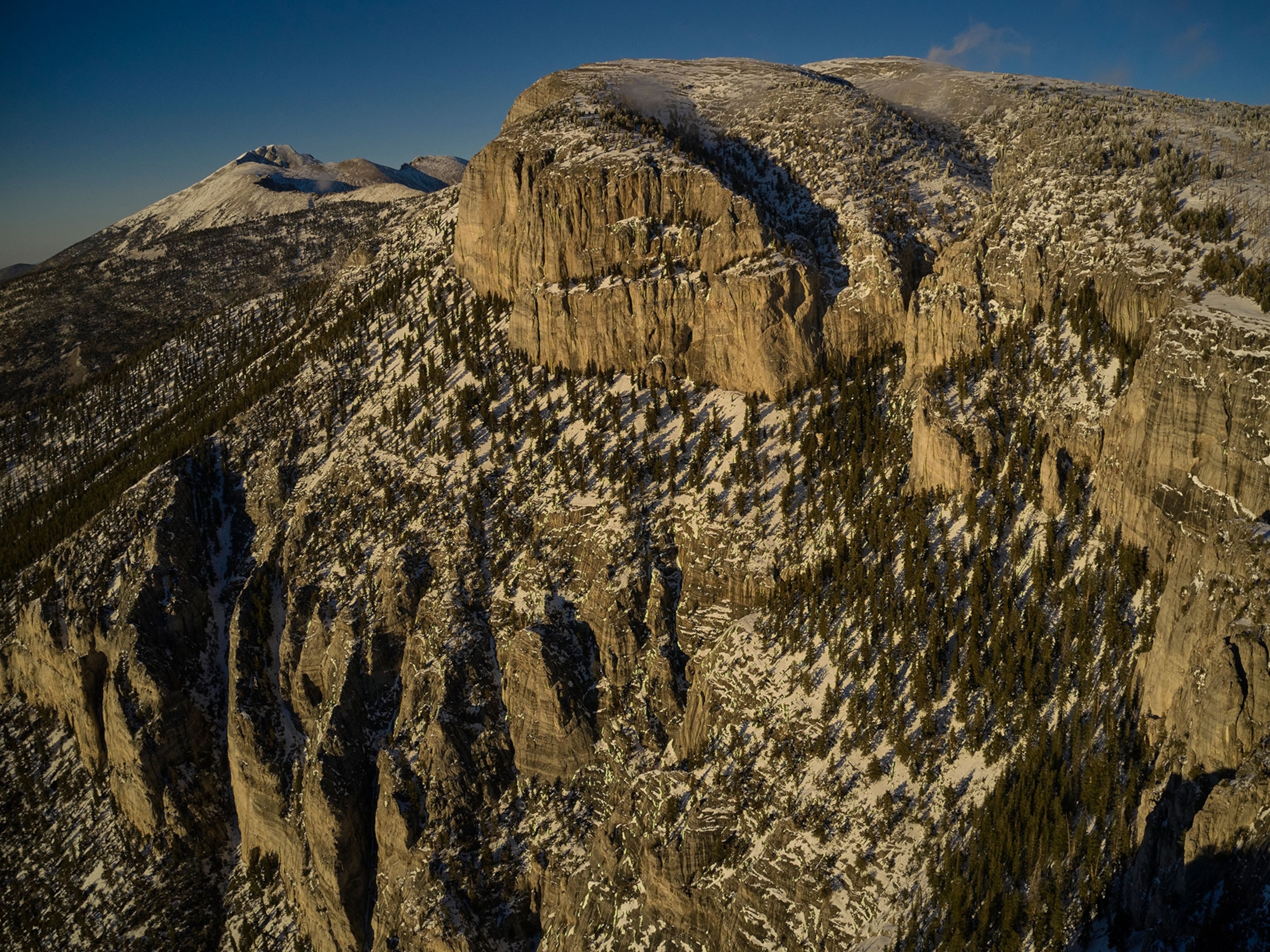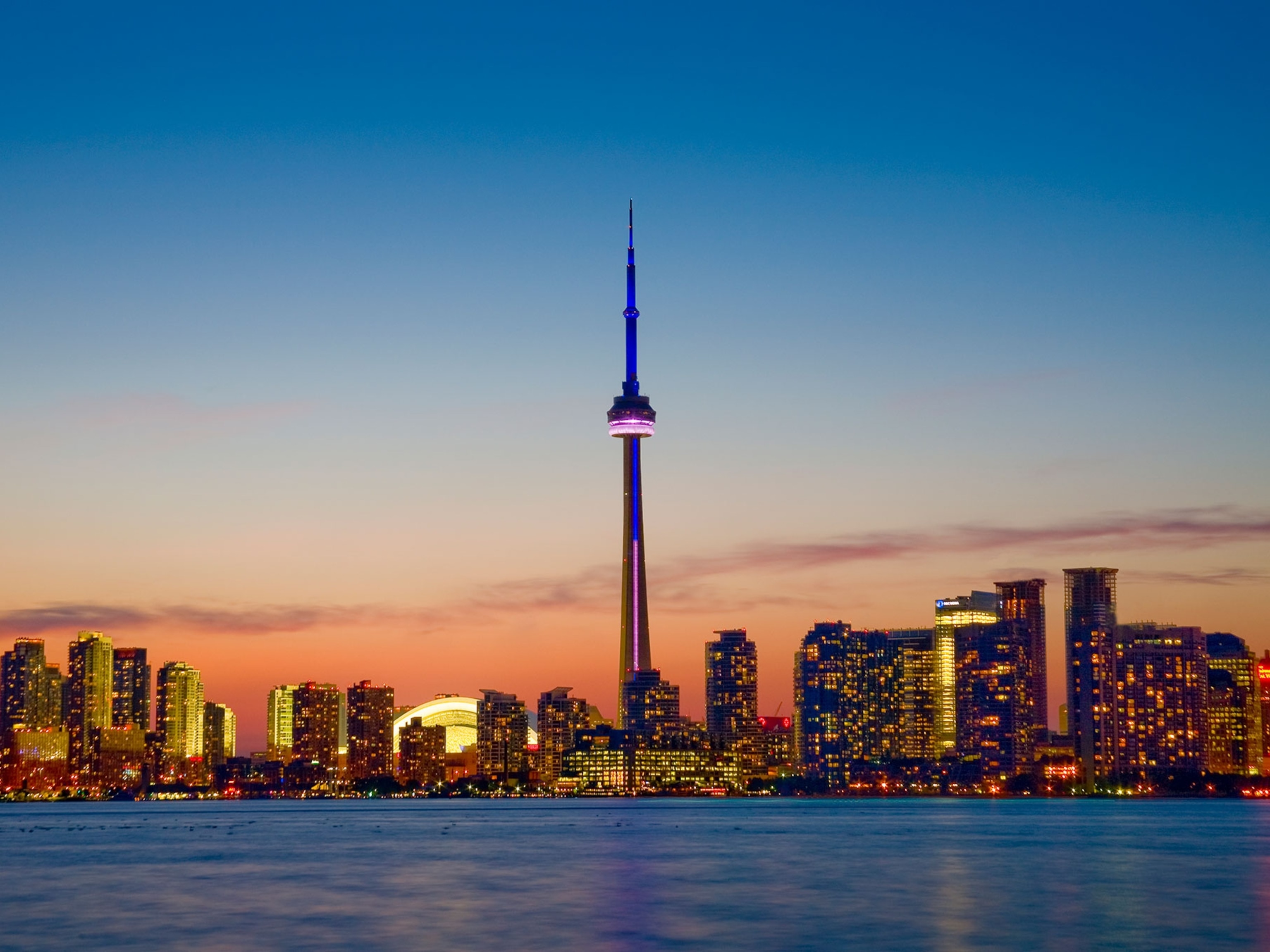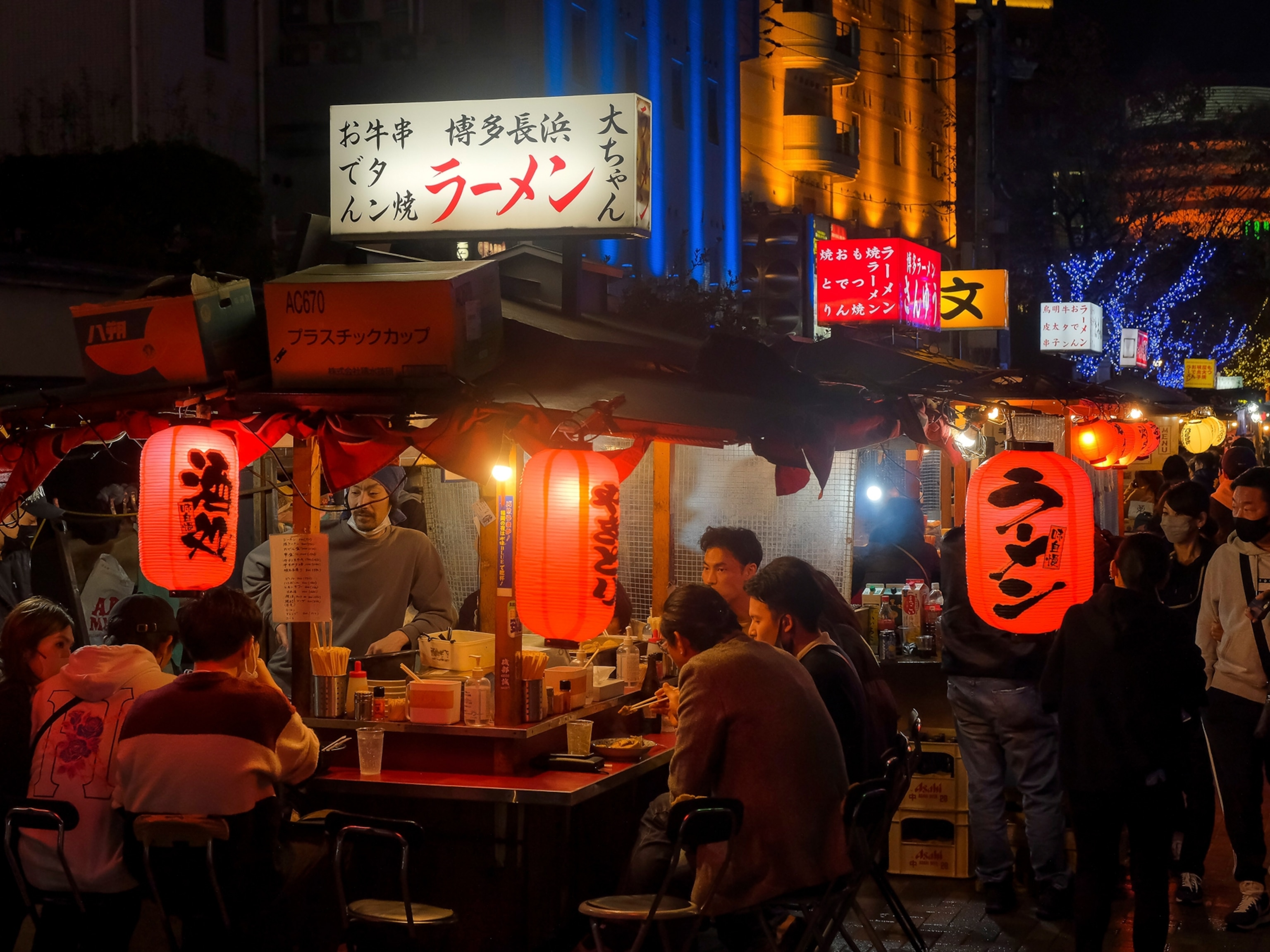The essential guide to visiting London
Here’s what you need to know about England's capital city—when to go, where to stay, what to do, and how to get around.

Fast Facts
Population: 8.8 million
Time zone: UTC
Airports: Heathrow, which operates an express train to Paddington Station and sits on two major Tube lines. Gatwick Airport operates an express train into Victoria Station. Smaller airports such as London City, Stansted, and Luton connect to destinations in Europe, Africa, India, and the Middle East.
Fun fact: London’s first bridge spanning the Thames was built after the Romans founded “Londinium” in AD43. The most recent version was rebuilt 98 feet east of the original.
Why you should visit London
Architectural landmarks such as the Tower of London, Westminster Cathedral, and Kensington Palace, as well as revived modern buildings like Tate Modern and the Battersea Power Station. Some of the finest theaters in the world, from the Old Vic to the rebuilt Globe. Brown ale, fish’n’chips and weekend markets from Greenwich to Camden.
Best time to visit London
Spring: The Gulf Stream warms up the city early. Flowers start blooming in February and trees follow with their blossoms in March. The Chelsea Flower Show is a major draw in May.
Summer: The tourist season peaks between mid-July and late August. Music festivals play out in Somerset House, Hyde Park, and Victoria Park.
Autumn: Fall kicks off with the London Design Festival, and the weather stays temperate into late October. Halloween is gaining importance throughout the city, though Guy Fawkes Night—a festival of fireworks and bonfires on November 5 – is more widely celebrated. Battersea Park, by the Thames, has a great display.
Winter: Shopping streets switch on their festive lights in early December. While some cultural life slows down during the dark, wet winter months, Kew Gardens launches its winter fair and skating rink. And Hyde Park hosts a Winter Wonderland.
Lay of the land
The Thames River, lined with grand public architecture like St Paul’s Cathedral, the London Eye, and Westminster (the seat of government), divides the city into north and south. The oldest enclaves lie to the east, around the City of London, the old financial center also known as the “square mile.” Cultural energy revolves around Soho, Covent Garden, Mayfair, Bloomsbury, and the South Bank, a riverfront strip of modernist theaters and galleries.
Historically, wealthy residents settled in West London communities like Belgravia, Kensington, and Chelsea, gravitating to Holland Park and Notting Hill. The picturesque Georgian streets around Hampstead Heath have always been popular among literary types, with nature-lovers hiking up Parliament Hill for the city view. The neighborhood becomes more fashionable as you descend toward Primrose Hill, with its pastel-colored townhouses and ivy-clad pub gardens.
Younger Londoners congregate in East London, in gentrifying working-class neighborhoods like Dalston and Clapton. Postindustrial Hackney Wick has reinvented itself as a hub for live music, clubs, and inventive restaurants. Just over the River Lea is the former Olympic Park, a sports mecca that’s been rewilded and developed with museums and restaurants.
(11 must-do experiences in London.)
Getting around London
By public transport: The London Underground, or Tube, is an extensive subway network that reaches from Heathrow Airport in the west, to Greenwich, the Olympic Park, and northern suburbs. The system incorporates an above-ground network called the Overground, and the new inter-city Elizabeth Line. Fares start at £2.70 ($3.50) and rise according to distance. London buses follow more winding routes between neighborhoods and start at £1.75 ($2.25) with a daily cap at £5.25 ($6.75). Seniors and students 11 and over are eligible for discounts. Children 10 and under travel free. Riders can pay with any contactless card or device, but cash is no longer accepted.
By train: Trains beyond London are found at larger stations like Paddington, Euston, Liverpool Street, London Bridge, Victoria, and Charing Cross. Riders must purchase tickets ahead of travel at the station or with an app like Trainline.
By taxi: London’s famous black cabs can be hailed on the street or booked in advance. Typical fares start at about £7.60 ($9.75) for a mile-long journey. Minicabs, or privately run taxi services, can be booked in advance or hired from a licensed purveyor, found on most main streets. Uber operates throughout the city.
By boat: The Thames Clipper boat service, now operated by Uber, runs along the Thames between Putney, in southwest London, and Barking, in the east, stopping at Battersea, Westminster, Tate Modern, Tower Bridge, Greenwich, and other piers. Prices start at £5.60 ($7.20) one way, with discounts for children and families. Riders can pay with a contactless card or with the Uber app.
(Going underground: a subterranean tour of London's abandoned tube stations.)
By bike: Transport for London operates the Santander bikeshare program, with bike docks in place across the city. A day-pass costs £3 ($3.85) for unlimited 30-minute rides; payment can be made through the app or at a docking terminal. Lime operates an e-bike- and scooter-share program. Vehicles are GPS-equipped and located via the app; prices vary.
By car: Only confident drivers familiar with England’s road laws should operate a private car in London. There is a daily £15 ($19.25) Congestion Charge in effect for most areas of central London, which must be paid on the day of travel. New emissions rules impose additional fees on non-compliant motor vehicles, and “ultra-low-emission zones” (ULEZ) make it tricky to enter some neighborhoods during the day.
By foot: London neighborhoods are highly walkable, but the distance between them can be vast. Most roads have sidewalks that are well populated into the night. Always look both ways before crossing, even at a green light. Traffic normally comes from the right.
Know before you go
Diversity: London is one of the world’s most ethnically diverse cities, with 37 percent of residents born outside London—many from South Asia, West and East Africa, Europe, and the Caribbean. Hundreds of languages are spoken here, and most neighborhoods have a mix of residents.
LGBTQ+: The most recent Open For Business index gave London a top AAA rating as a “stalwart supporter” of LGBTQ+ inclusion and equality, and its universities rank highly among gay students. Soho is, historically, the LGBTQ+ hub of the city, though gay bars pop up in several neighborhoods, notably in East London and Lambeth.
(Best hotels for every type of traveler.)
What to read and watch
The most fascinating London-based books and films transport the reader to a specific neighborhood and historical period and focus on its rich diversity.
Oliver Twist, by Charles Dickens. Tragic, romantic, and surprisingly funny, this classic exposed the underbelly of Victorian London and prevails on high school reading lists everywhere.
Bridget Jones’s Diary, by Helen Fielding. The titular Jones is a sad, sardonic, desperately funny 20-something single woman working for a London publisher. The book centers on West London while the film adaptation transports most scenes to the southeast. Both will get you in the mood to explore.
The Adventures of Sherlock Holmes, by Arthur Conan Doyle. The book series and the companion TV show Sherlock take place around Baker Street in central London but investigate further afield into Piccadilly, New Scotland Yard, and the Tower of London
London: The Biography, by Peter Ackroyd. Possibly the greatest contemporary history of the city, the weighty tome reaches back with wisdom and wit through Victorian London to the Plague and the Great Fire.
Brick Lane, by Monica Ali. This instant classic, published just after the millennium, is an evocative peek into the lives of Bangladeshi immigrants in East London, based firmly in reality.
Notting Hill, written by Richard Curtis of Four Weddings and a Funeral (and others), this 1990s hit comedy capitalized on the vulnerable charm of Hugh Grant—and the undeniable charm of bohemian London—and inspired generations of tourists to seek out that blue door.
Rye Lane. Set around the eponymous market in Peckham, South London, this post-Covid romance begins with a meet-cute in an gender-neutral bathroom.
My Beautiful Launderette. An enduring favorite that introduced a young Daniel Day-Lewis to the world, this romance by Hanif Kureishi was set in South London during the Thatcher years and emerged as one of the first “queer fairytales” to reach a wide audience.







